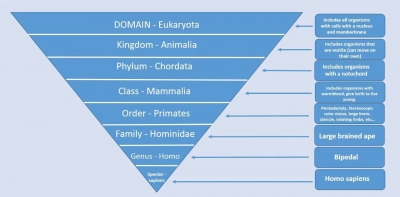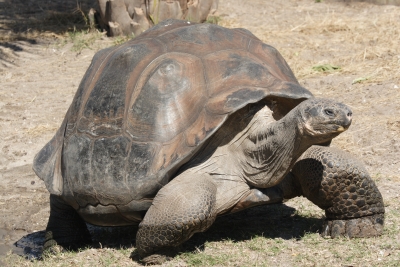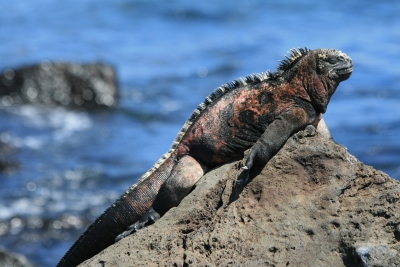When did Linnaeus develop the classification system?

Carl Linnaeus (1707-1778) was a Swedish botanist and explorer who was the first to create a uniform system for naming plants and animals. Most plants and animals have popular names that vary from place to place. Scientific names are given so that the same name is recognized everywhere. Latin is the language used for scientific names. The scientific names are in two parts. The first is the generic name, which describes a group of related living things, and the second name is the specific name, which applies only to that living thing.
Fact File: The Latin name of the White Water Lily is Nymphaea alba. They are one of a group of plants whose flowers close up for the night. |
Picture Credit : Google

